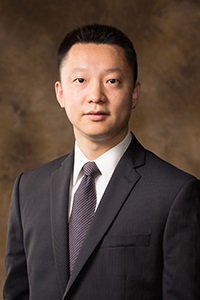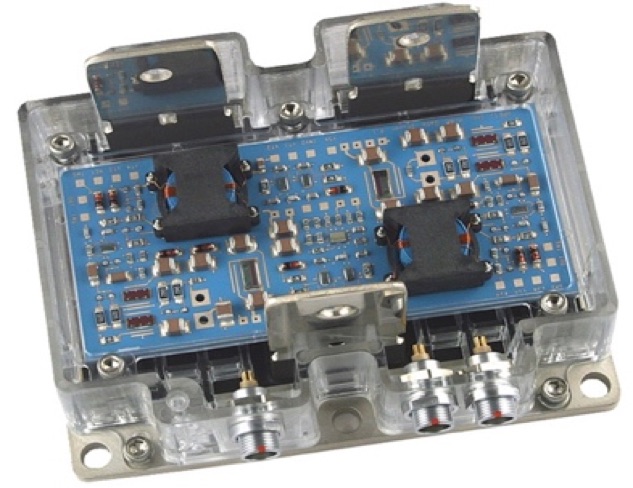Sep. 08, 2016
FAYETTEVILLE, Ark. – The U.S. Department of Energy awarded $599,901 to University of Arkansas engineering researchers to continue developing an “optocoupler” – a packaged light emitter and detector – to improve the performance of electric vehicles.
When integrated into high-density power modules, the technology will lead to superior performance in terms of power density, energy efficiency and thermal management.
Unreliable and inefficient power modules are a major obstacle to the further development of electric vehicles. Current semiconductor materials and optoelectronic devices in power modules struggle when engine heat is higher than 125 degrees Celsius or lower than –55 degrees Celsius. Under these conditions, power modules lose efficiency and function poorly, making the motor less reliable.

Zhong Chen, University of Arkansas.
“It isn’t the intrinsic properties of power devices themselves that prevent their use at higher temperatures, but rather the low-voltage electronics needed to drive them and the packaging that surrounds them,” said Zhong Chen, assistant professor of electrical engineering and lead researcher on the project.
Compared to conventional power modules, which require a comprehensive thermal-management system, high-density power modules not only enhance reliability but also significantly reduce cooling requirements. An optocoupler uses light waves to provide high voltage and transient noise isolation. The advantages of using optocouplers include significant size reduction, higher voltage isolation and superior electromagnetic interference immunity, among others.
Chen and colleagues Fisher Yu, associate professor of electrical engineering and Alan Mantooth, Distinquished Professor of electrical engineering, will integrate the optocoupler with a high-density power module built by Mantooth and researchers at the university’s High Density Electronics Center.
Typical operating temperature for optocouplers is less than 100 degrees Celsius, or 212 degree Fahrenheit. To determine what mechanisms cause them to fail at high temperatures, Chen will design and characterize the performance of LEDs and detectors at temperatures up to 400 degrees Celsius. The goal is to develop and test an optocoupler that can operate continuously and reliably at 250 degrees Celsius.
Mantooth holds the Twenty-First Century Research Leadership Chair in the College of Engineering.
About the University of Arkansas: The University of Arkansas provides an internationally competitive education for undergraduate and graduate students in more than 200 academic programs. The university contributes new knowledge, economic development, basic and applied research, and creative activity while also providing service to academic and professional disciplines. The Carnegie Foundation classifies the University of Arkansas among only 2 percent of universities in America that have the highest level of research activity. U.S. News & World Report ranks the University of Arkansas among its top American public research universities. Founded in 1871, the University of Arkansas comprises 10 colleges and schools and maintains a low student-to-faculty ratio that promotes personal attention and close mentoring.













